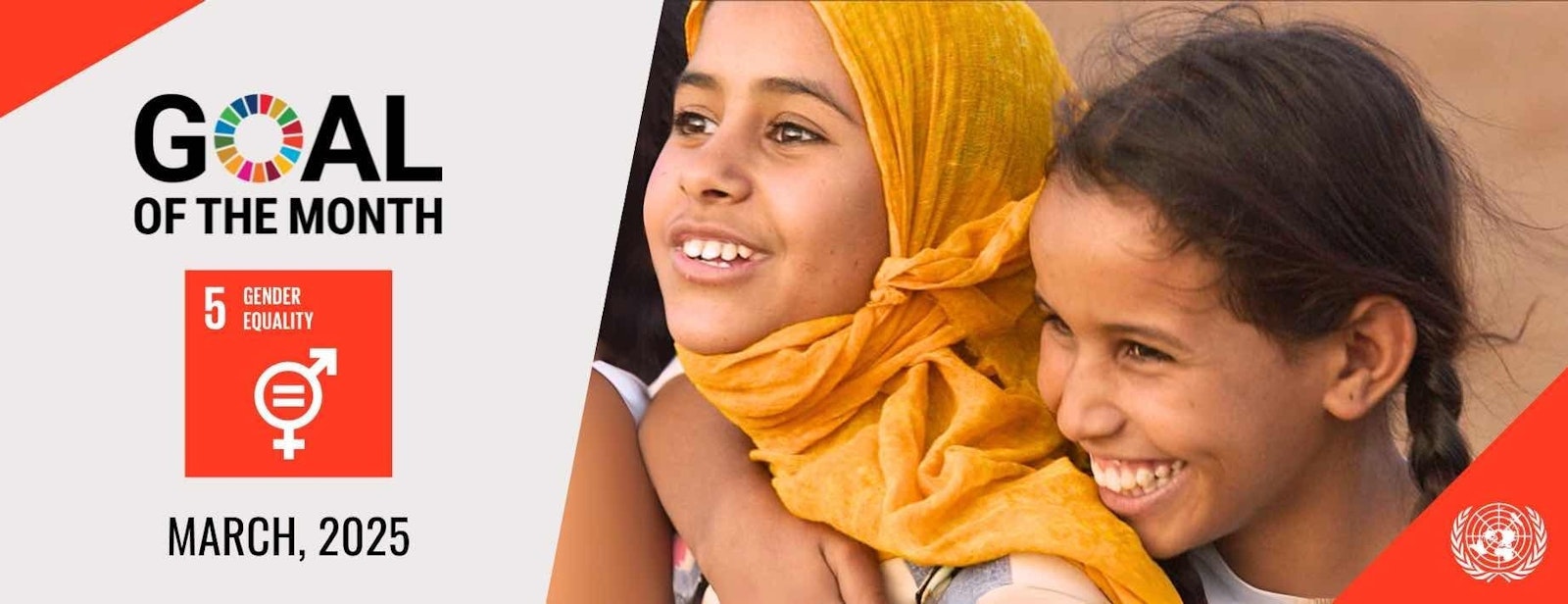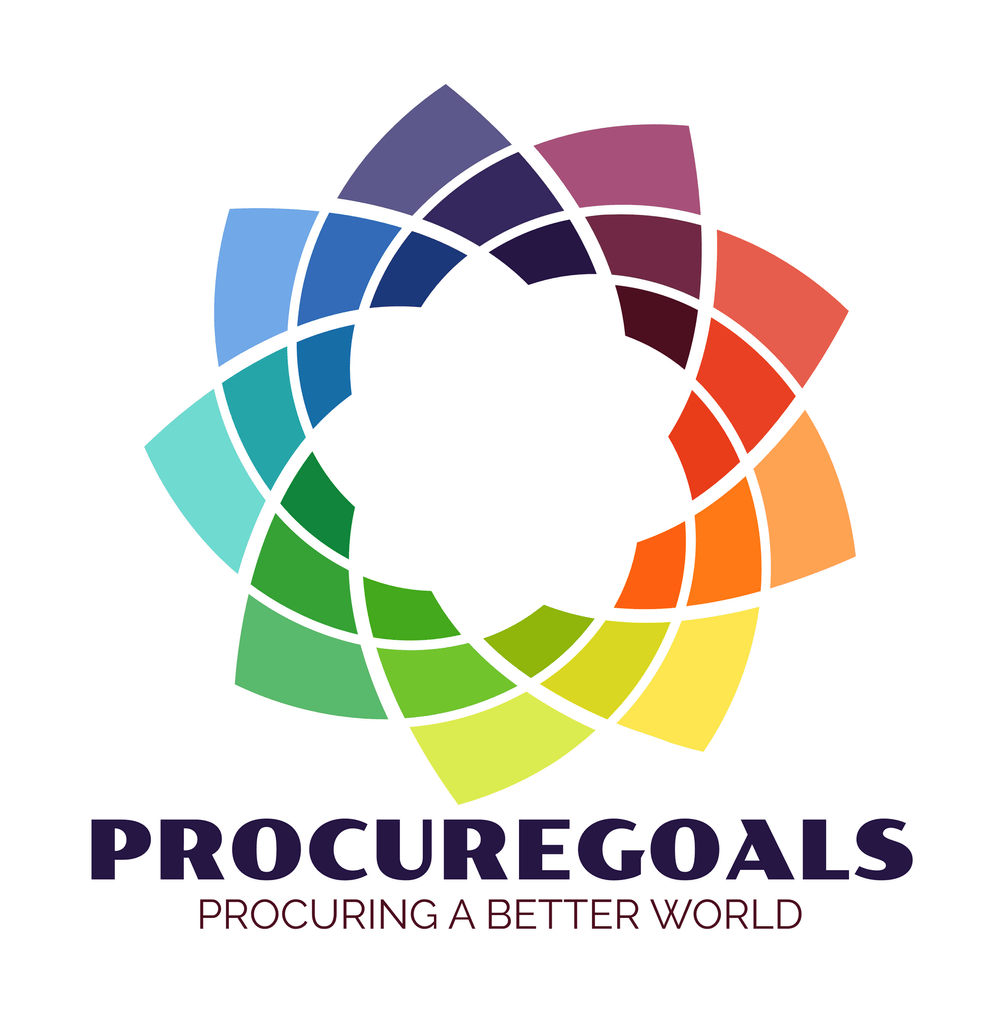


SDG 5 aims to end all forms of discrimination and violence against women and girls, ensure their full and effective participation in leadership, and guarantee equal access to economic resources. Gender equality is not only a fundamental human right—it is a necessary foundation for a peaceful, prosperous, and sustainable world.
Key targets relevant to public procurement include:
Target 5.5: Ensure women’s full and effective participation and equal opportunities for leadership at all levels of decision-making in political, economic, and public life.
Target 5.a: Undertake reforms to give women equal rights to economic resources, as well as access to ownership and control over land and other forms of property, financial services, inheritance, and natural resources.
Target 5.c: Adopt and strengthen sound policies and enforceable legislation for the promotion of gender equality and the empowerment of all women and girls at all levels.
At ProcureGoals, we spotlight how public procurement can drive sustainable change. A recent report by UNOPS offers compelling case studies that show gender-responsive public procurement in action—and its concrete contribution to SDG 5: Achieve gender equality and empower all women and girls.
Here are three inspiring examples:
1. South Sudan: Women in Mine Action
Traditionally male-dominated, mine action is now becoming more inclusive. UNOPS introduced gender balance requirements in tenders for demining services, mandating a minimum of 30% female technical staff. One winning bidder exceeded this, employing 35% women in technical roles and 80% female Community Liaison Officers. The result? A shift in team culture and increased gender parity in leadership over time.
Impact on SDG 5: This case highlights how procurement requirements can break gender barriers in high-risk technical fields, promoting women’s participation and leadership.
2. Sierra Leone: The UP Forum for Local Suppliers
UNOPS Sierra Leone organized a "Possibilities (UP) Forum" to engage local women-owned businesses (WOBs) and MSMEs. After a pre-engagement survey revealed barriers like lack of access to information and financial constraints, UNOPS held a two-day training to help diverse suppliers navigate tendering platforms and become technically compliant.
Result: 93 suppliers attended—including 39 WOBs. This led to more inclusive bidding and new partnerships with national procurement authorities and UN Women.
Impact on SDG 5: By directly addressing structural barriers for WOBs, this initiative enhanced women’s economic participation and created more equitable access to public opportunities.
3. Nicaragua: Gender Criteria in Education Sector Procurement
In partnership with the European Commission, UNOPS Nicaragua embedded gender criteria in procurement for a school retention program. Requirements included gender specialists, 50% women in key positions, and a gender strategy. The project received 62 bids, proving that inclusive procurement doesn't hinder competition—it enhances it.
Impact on SDG 5: This example shows that integrating gender criteria in contracts is not only feasible but also drives better outcomes in social impact projects.
Takeaway for Public Buyers
These case studies illustrate that GRP is not theoretical—it’s happening now, and it works. By thoughtfully designing tenders, engaging suppliers, and tracking results, public institutions can create real economic opportunities for women and push the needle toward SDG 5.
VISUAL REPRESENTATION:REFERENCES: